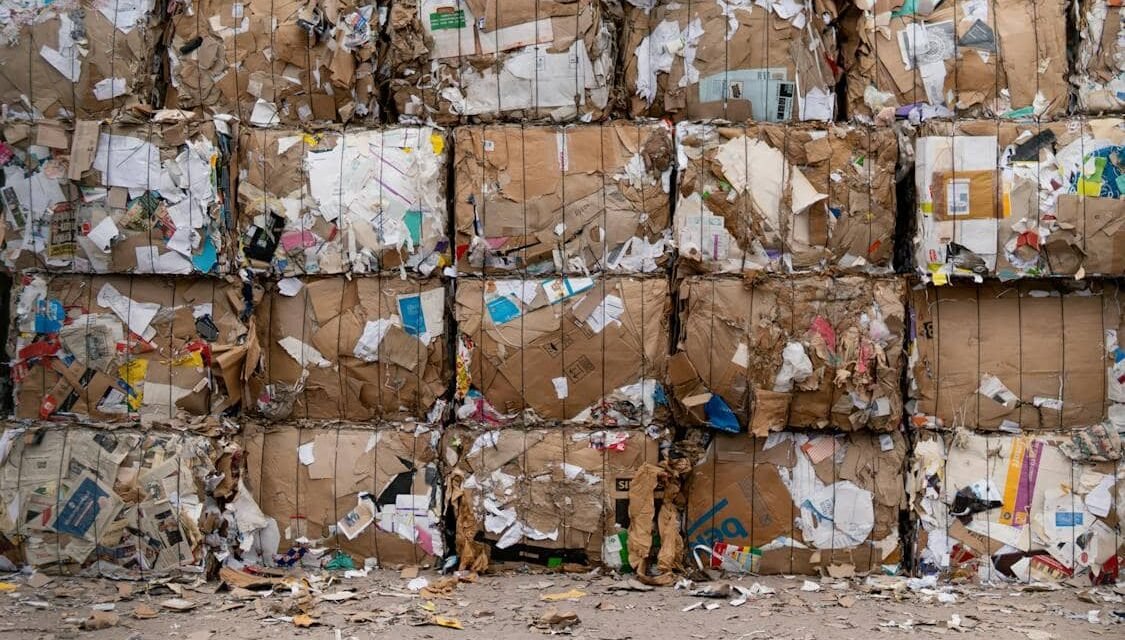Germany has successfully slashed its household waste to the lowest levels recorded in the past two decades. The nation’s commitment to waste reduction has not only been evident on a nationwide scale but has also made a significant impact on local communities, such as the Ludwigsburg district.
The shift in mindset towards avoiding unnecessary household waste has seen a surge in recent years. More and more individuals are prioritizing recycling efforts and actively working to reduce their plastic consumption. According to a recent survey conducted by the Federal Statistical Office, the year 2022 witnessed the least amount of waste generated since the data collection began in 2004. The total waste produced was approximately 3.3 million tons, marking an 8.2% decrease from the previous year. Even when compared to pre-pandemic years, there was a notable reduction of 1.1 million tons or 2.8%, a commendable achievement considering the population increased by nearly 1.1 million people compared to the previous year.
This positive trend is not confined to the national level alone; it extends to regional areas like the Ludwigsburg district. Despite a population growth of around 3,300 individuals, the district managed to produce only 148,611 tons of recyclable waste, along with an additional 72,000 tons deemed non-recyclable. On a per capita basis, this amounts to 402 kilograms per year, falling below both the state average (426 kilograms) and the national average (438 kilograms).
Andreas Fritz, spokesperson for the Ludwigsburg district, highlights that various factors influence waste generation, including income levels, settlement patterns, industrial density, and employment situations. Despite these differences, both the absolute and per capita household waste levels in the district are the lowest since 2003.
Analyzing the long-term trajectory, Fritz notes a consistent decline in waste across all categories. Notably, the amount of recycled paper has decreased to around 33,000 tons in 2022, compared to 46,000 tons a decade ago. Biomass waste, after a continuous increase since 2015, witnessed a decline of approximately 8.4% in 2022. Similar downward trends are observed in the categories of scrap metal, old electronic appliances, and wooden furniture.
One standout statistic, though not indicative of a trend, is the reduced quantity of grass and green waste. In 2022, approximately 36,000 tons were collected, reflecting a 25% decrease, mainly attributed to the dry summer conditions, as suggested by the Ludwigsburg district authorities.
Following an exceptional surge in waste disposal in 2020 and 2021, driven by pandemic-induced lockdowns prompting people to declutter their homes, the year 2022 witnessed a 6.6% reduction in waste for disposal. This includes a drop in residual waste (6.2%), bulky waste (8.6%), and hazardous waste (15%). However, there was a slight increase, from 288 to 300 tons, in so-called “wild waste,” primarily arising from unreported bulky waste disposal.
To sustain this positive trajectory, Andreas Fritz proposes several strategies, including a shift in consumer behavior, public awareness campaigns, educational initiatives, and convenient waste disposal options for waste generators. The Ludwigsburg district recommends individuals use reusable diapers, take advantage of subsidies for these items, engage in second-hand shopping and selling, opt for minimally packaged products, and prioritize repairing electronic devices over replacing them.
Germany’s impressive accomplishment in reducing household waste not only reflects a change in habits but also underscores the importance of individual and collective efforts in achieving sustainable waste management. As the nation continues on this path, it sets an inspiring example for others to follow, proving that simple, everyday choices can make a substantial difference in environmental conservation.

Nature has always been my thing since I was a kid. I grew up surrounded by it, and it made me care deeply about keeping it safe. After studying Environmental Science and Journalism, I set out to uncover the big stories about what’s happening to our environment.










